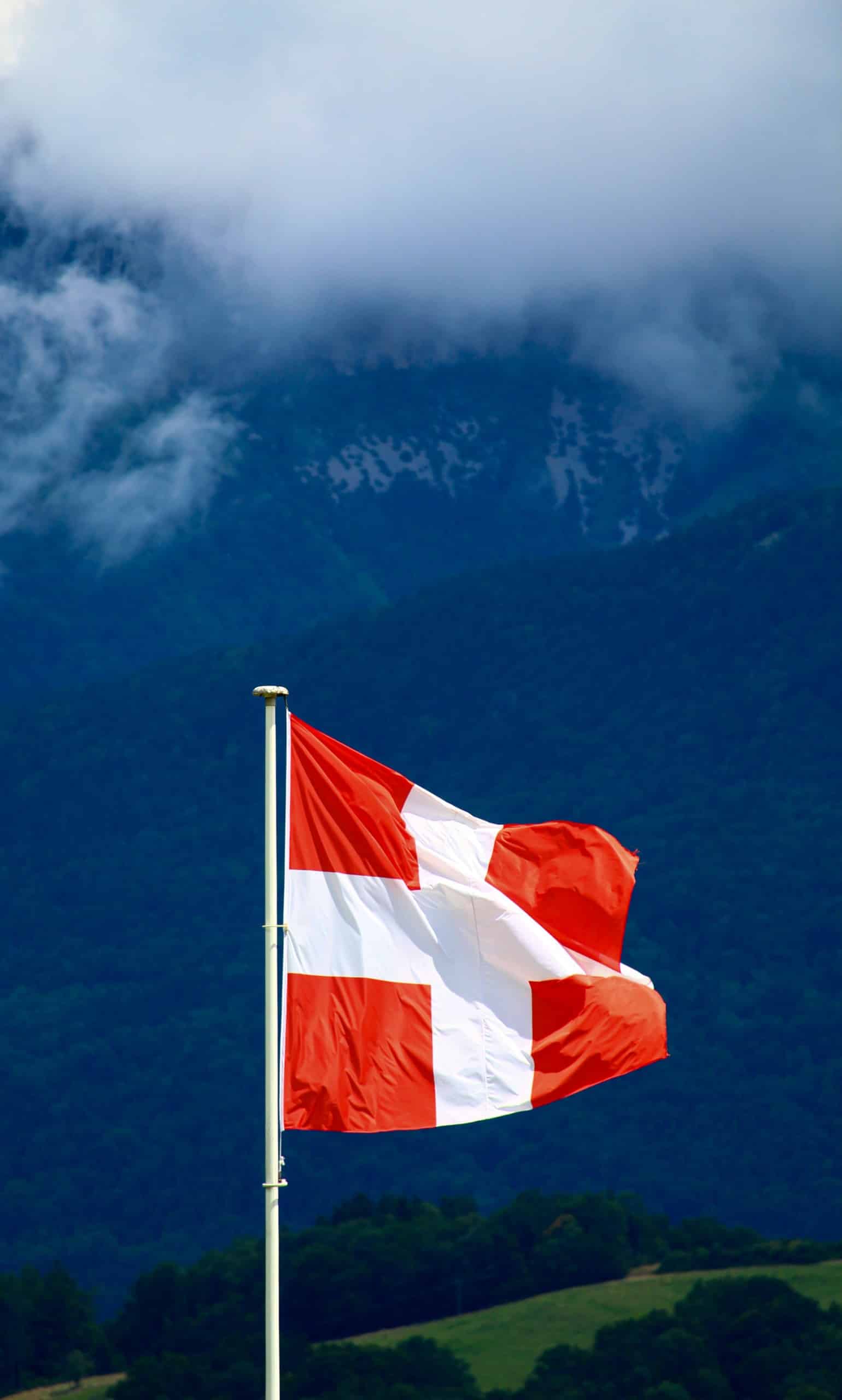Afghan Central Bank Assets: Still Not Benefiting the People of Afghanistan
February 1, 2024

Following the withdrawal of U.S. troops from Afghanistan and the return of the Taliban to power, the United States government froze approximately $7 billion of Afghan central bank (Da Afghanistan Bank, “DAB”) assets located in the United States. As covered on TLB, half of those assets remain frozen in the U.S. while the other half was transferred to the Afghan Fund, a Swiss-based charitable foundation created by the United States and run by two Afghan nationals, an official from the U.S. government, and an official from the Swiss government. The funds that remain frozen in the United States are currently the subject of litigation by U.S. plaintiffs to enforce default judgments entered against the Taliban – not against Afghanistan or DAB. That litigation has, for good reason, been unsuccessful to date. The transfer of assets to the Afghan Fund raises interesting questions of international law, but – at least purportedly – the purpose of the transfer was to use DAB assets to benefit the Afghan people.
Unfortunately, well over a year after the creation of the Afghan Fund in September 2022, its $3.5 billion in assets remain undisbursed, apparently because the conditions set by the U.S. government have not been met. The money in question amounts to over a third of “Afghanistan’s gross international reserves.” Critics argue that failure to disburse the funds contributes to poor economic conditions in Afghanistan, including lack of basic goods for the Afghan people. The United States and members of the Fund’s board of trustees have made clear that the Fund’s assets will not be used to provide direct humanitarian assistance, but will instead be used for macroeconomic purposes. Attention has focused on the potential return of the funds to DAB, under conditions specified by the U.S. State and Treasury Departments.
These conditions are designed in part to ensure that any assets returned to the DAB do not confer legitimacy on – or otherwise benefit – the Taliban. They include the requirement that DAB implement satisfactory anti-money laundering and counter-terrorist-financing (AML/CFT) controls; “demonstrate its independence from political influence and interference[;]” agree to be monitored “by a ‘reputable’ third party[;]” and undertake a “third-party needs assessment.” Although DAB has apparently made some improvements, including agreeing to outside monitoring, other conditions have not yet been satisfied: DAB has not established its independence from the Taliban (its three highest officials are “senior Taliban leaders”), it has not undertaken the required third-party needs assessment, and DAB has weaknesses in its “enforcement of AML/CFT measures.”
In a recent letter to the House of Foreign Affairs Committee, the Special Inspector General for Afghanistan Reconstruction (SIGAR) also identified other hurdles to disbursement. These include a lack of a conflict of interest policy for the Fund, leading to questions about whether Dr. Shah Mehrabi’s dual roles as a Fund trustee and a member of DAB’s governing body (the Supreme Council) are inappropriate. More generally, the SIPAR suggested that the U.S. Congress should make numerous demands of the State and Treasury Departments to make satisfaction of conditions for disbursement more likely. In particular, the SIGAR recommended that Congress ask the State and Treasury Departments to “[d]etail for Congress the specific circumstances under which Treasury and State would support a return of funds to DAB[;]” to make clear what it will actually mean in practice for DAB to be “free from political influence[;]” and to “[c]onduct a second assessment of DAB to determine the extent to which” it has met the criteria for returning the funds.
These requests for action from Congress strongly suggest that the SIGAR is growing frustrated by the process put in place by Treasury and State Departments, one that is apparently generating delay and uncertainty. In the meantime, the funds are earning interest and may eventually even include the $3.5 billion still frozen in the United States, but none of this provides anything close to immediate assistance for the Afghan people.